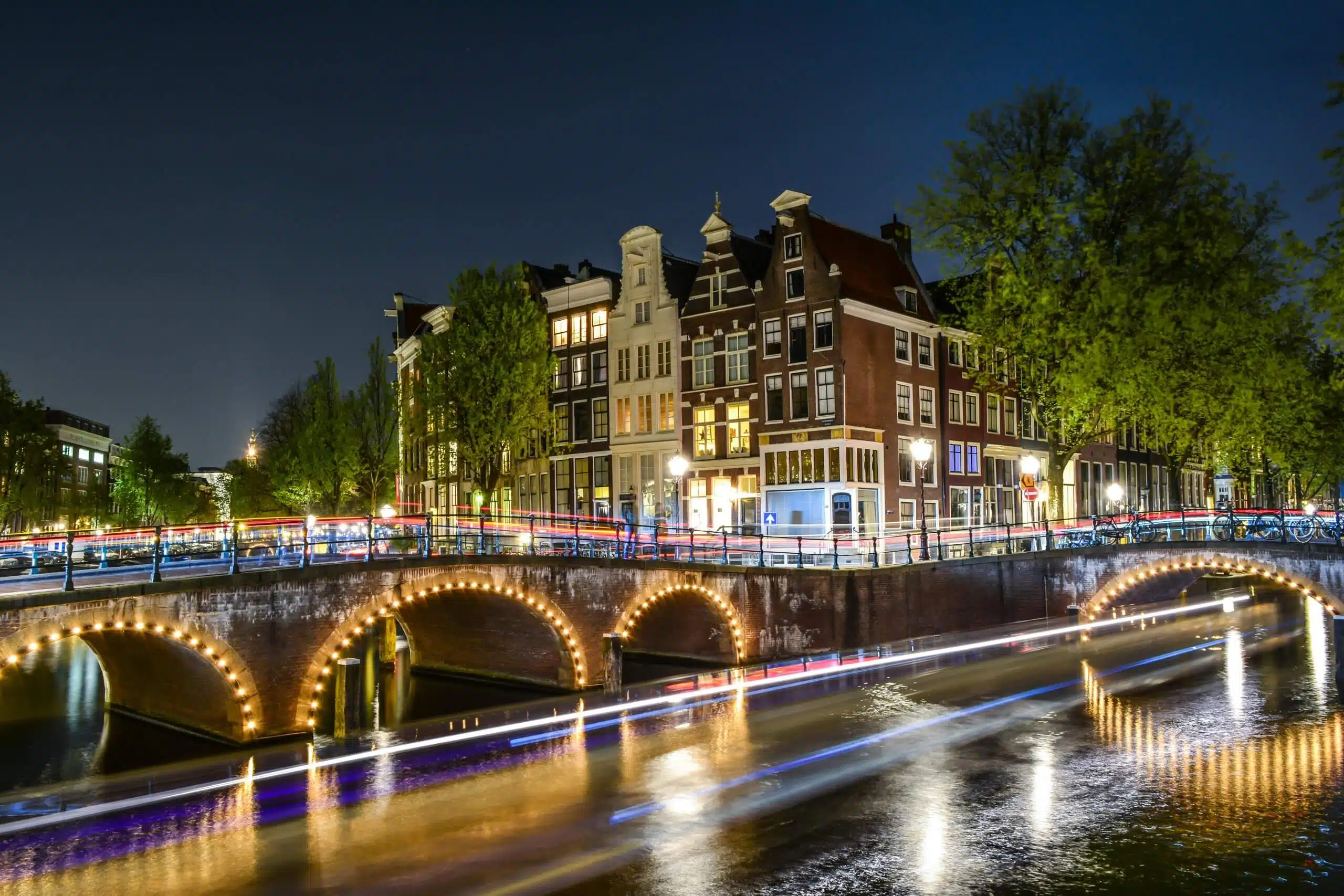
When you buy an apartment in the Netherlands, one of your monthly payments you will have to make will be to the VvE – the Vereniging van Eigenaren or the home owners association. Here are some of the things you need to be aware of.
Does every property have a VvE?
The VvE represents the interests of all the owners in a property or block. So, if you live in an apartment, you and the other owners will be members of the VvE. A big property may have 10, 20 or even 100 owners, a smaller one just two or three.
If you live in a detached or terraced home everything – be it the foundations, the roof or dealing with the dead tree in the garden – is up to you. But if you live in an apartment you technically own a share in the building. And that means the roof and the foundations are shared by all the owners – and that they are all responsible for the costs of repairs to the exterior and communal areas of the property as well.
How does it work?
As soon as you buy a property, you automatically become a member of your building’s VvE. Your VvE will have a board, elected according to the VvE’s statutes. Once the VvE votes on a decision at a meeting of all members, everyone in the building has to stick it, whether you personally agree or not.
The VvE may also have a policy on renting out your home using a platform like Airbnb, on garden maintenance, or on hardwood – say, noisy – floors. That will all be included in the house rules, or huishoudelijk reglement.
You can find your rights and obligations as an owner in the legal documents which describe how your building has been divided up – the splitsingsakte and the splitsingsreglement. Ask your buying agent to get a copy and to check if there are any surprises.
When does a VvE meet?
A VvE is also required to meet at least once a year and to keep proper minutes. So if you are buying a property you may also want to look at the VvE’s recent annual reports (jaarcijfers) and the minutes of recent meetings (notulen) to see if it is financially secure. Your VvE should have a reserve fund which is enough to pay for emergency repairs and general maintenance.
Some VvEs contract the property management work out to a private company – but this is usually the case with larger properties with complex requirements, such as lifts
How much is this going to cost me?
That depends on the age of the property, how well it has been maintained to date and what sort of provisions there are which everyone can enjoy, such as a communal garden or car park.
The monthly fee you pay to the VvE is usually known as servicekosten and includes funds for the maintenance reserves, electricity for lighting the common areas and anything else listed in the splitsingsakte and the splitsingsreglement. The VvE is also responsible for the building’s home insurance policy, so that will also be included in the service costs.
There are no hard and fast rules about how much you will pay, but reckon on at least €100 a month for a modest apartment in a small block, more if your apartment is in a listed building or has additional facilities.
So what do you need to beware of?
It is really important to check out who is running the VvE and how much money is in its reserves. If the reserves are big enough, you won’t be called on to make a sudden investment if something needs doing unexpectedly – say if a storm brought down that dead tree and hit the back wall.
A VvE might have, for example €10,000 set aside for maintenance, which is fine if you are in a block with three apartments, but not if you are in one with 20.
You should also check out if the VvE has drawn up a multi-year maintenance plan (meerjarig onderhoudsplan) which sets out what decisions have been taken about painting the outside windows, for example. You may discover that major work is about to be carried out, there is not enough money in the reserves, and that you will have to stump up part of the bill for that as well.


